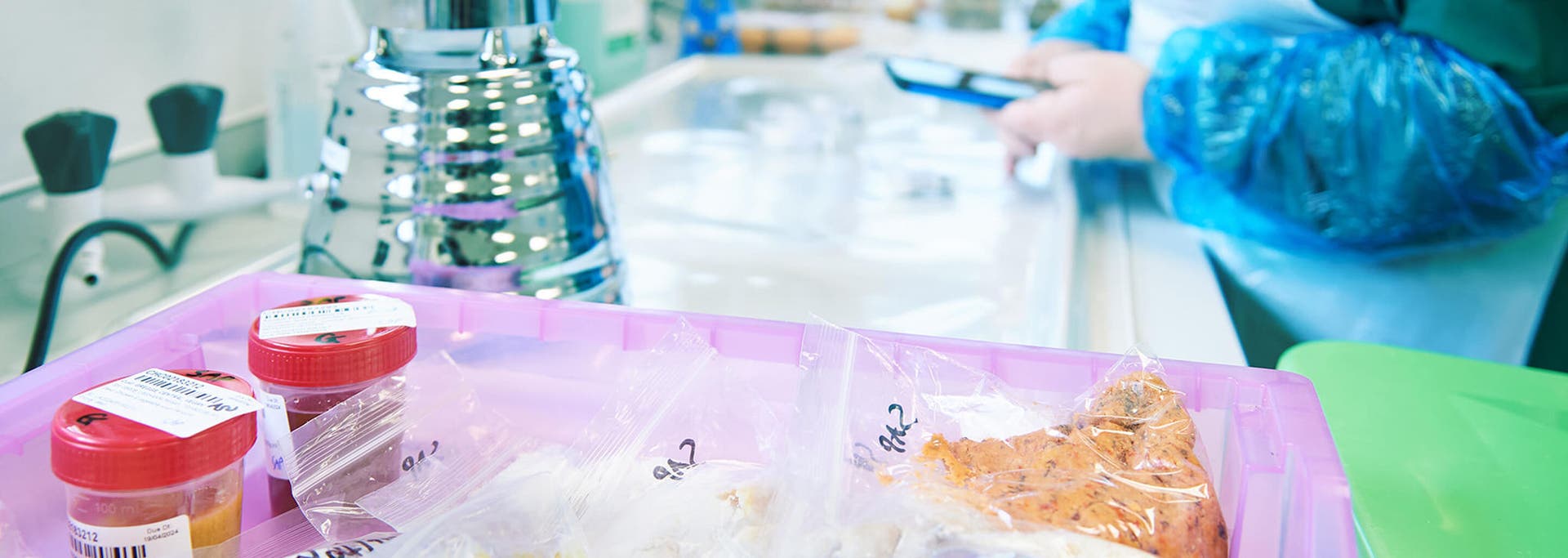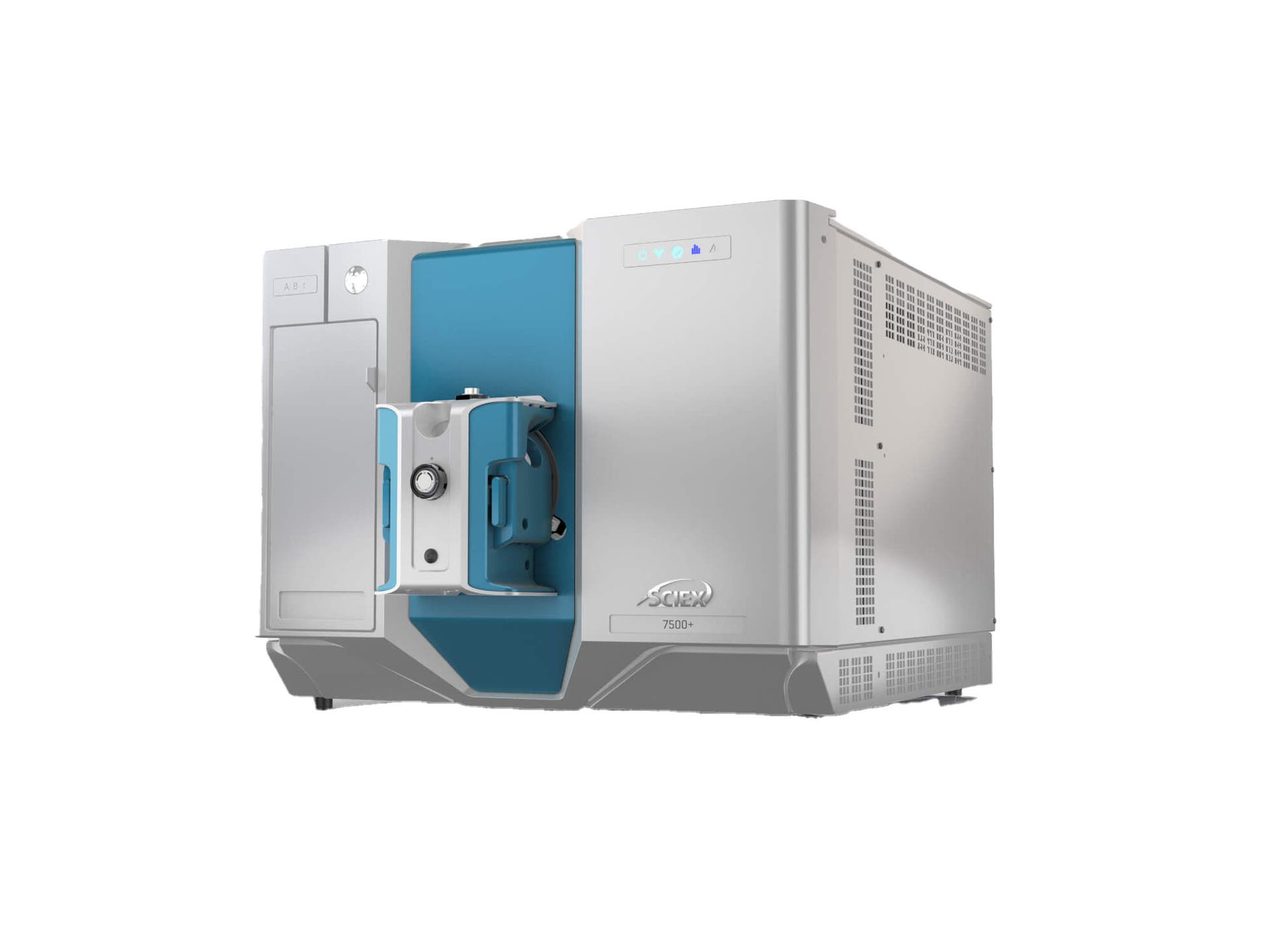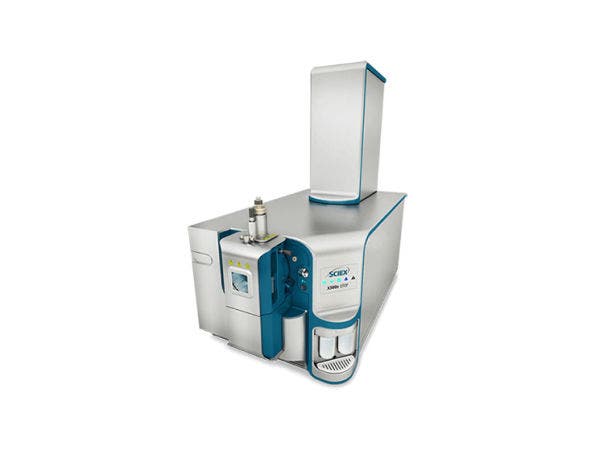Discover the global issue of food fraud and the need for rigorous testing to ensure the authenticity and safety of our food. SCIEX offers advanced LC-MS/MS technology to detect and quantify adulterants, providing reliable solutions for monitoring and combating food fraud.
Food fraud analysis

Advancing food fraud analysis
with adulterants and dyes testing
The globalization of food production has provided us with a diverse range of cuisines, but it has also introduced challenges in monitoring and regulating the authenticity of food ingredients and supply chains. Food fraud, which involves intentionally tampering with food products for commercial gain, is a criminal act in most countries and comes with severe repercussions. To effectively combat food fraud, we need to address the following challenges:
- Existing methods for detecting food fraud may lack the precision needed, making it difficult to identify adulterated ingredients accurately. Find out how the combination of method robustness and sensitivity enables the achievement of these goals.
- A vast range of food and drinking products (including meat, fish, and spices, which are the most susceptible to fraudulent production practices) need constant monitoring and analysis to ensure they remain free from adulteration. Discover the applications offered on this page to tackle these challenges.
By adopting LC-MS/MS technology, we can proactively combat food fraud, promote consumer confidence, and protect the integrity of our food supply chain.
Food adulterant testing is crucial for ensuring the safety and authenticity of various food products, from commonly consumed items like meat and vegetables to specialized products such as infant formula. Our comprehensive analysis covers every step of the supply chain, enabling regulatory compliance and protecting consumers.
Food additives like coloring and dyes are often used to enhance the visual appeal and may alter the umami taste profiles of food. However, their impact on health is a concern. Our analytical testing methods play a vital role in ensuring the safety of the general public by accurately detecting and quantifying these additives.
Food adulteration
Testing and analysis
Mass spectrometry combined with optimized sample prep and LC conditions delivers the fast and sensitive applications you need to analyze and test for food adulteration. Maintaining fast turnaround times with ever-expanding menus and complicated matrices can be challenging. Routine food testing labs require flexibility and agile expertise to handle throughput and maintain maximum uptime. This is where mass spectrometry is vital.
- Minimize sample preparation and LC run time
- Screen and identify more contaminants per each LC method, increasing data output without compromising data integrity
- The robustness issue: tackle challenging matrices with trace-level sensitivity and qualitative specificity for detection of low concentration analytes in your food samples
- Perform simultaneous quantitation with multiple reaction monitoring [MRM) applications with SCIEX OS software while collecting high-speed full-scan data
- Gain flexibility for your food fraud analysis portfolio via these identification methodologies while obtaining accurate quantitation to suit your needs
Featured food adulteration resources
-
Technical note
Rapid determination of Aconitum alkaloids in adulterated spice powders
This technical note describes a fast extraction coupled with an LC-MS/MS method for simultaneously determining 6 Aconitum alkaloids in adulterated spice powders.
-
Technical note
Sensitive quantitation of 2-acetylfuran-3-glucopyranoside as a marker for rice syrup adulteration in honey
This technical note describes a simple dilute-and-shoot method for the quantitation of 2-acetylfuran-3-glucopyranoside (AFGP) as a chemical marker for detecting honey adulterated with rice syrup.
Food fraud analysis
Solutions
Options:
- SCIEX 7500 system
- X500R QTOF system
- SCIEX OS software
Reproducibility, reliability and carryover performance to match your quantitative workflows. Dependability you can count on, from injection to injection and batch after batch.
Setting a new standard for instrument resilience and robustness, the SCIEX 7500+ system gives you the confidence to face evolving analytical challenges. Tackle tight timelines with exceptional sensitivity and with the power to control your instrument downtime.
Unleash the analytical power of the next-generation software platform for data acquisition and processing.
A uniquely engineered and versatile QTOF build to handle the demands of any high throughput laboratory.
Food dyes (additives)
analysis and testing
Labs have an increased need to routinely screen and quantify trace-level dyes in food samples. New challenges also include identifying and quantifying unknown analytes within foodstuffs. Due to the inherently complex nature of food matrices, analysis of low level food dyes and additives remain a challenge. Here are a few reasons why LC-MS/MS is the ideal setup to tackle these issues:
- Good sample preparation enables mass spectrometry to remove matrix interferences and detect trace-level compounds
- SCIEX OS and its suite of data acquisition and processing modules allow large panels of compounds to be screened and quantified in a single run from a single injection
- Accurate, rapid and sensitive quantitation of both targeted and non targeted chemical dyes in food samples can be achieved
Food dye analysis
Solutions
Accurately detect chemical dyes and additives by:
- High sensitivity, selectivity, and specificity
- Fast, multi-analyte methodology
Reproducibility, reliability and carryover performance to match your quantitative workflows. Dependability you can count on, from injection to injection and batch after batch.
Setting a new standard for instrument resilience and robustness, the SCIEX 7500+ system gives you the confidence to face evolving analytical challenges. Tackle tight timelines with exceptional sensitivity and with the power to control your instrument downtime.
Unleash the analytical power of the next-generation software platform for data acquisition and processing.


